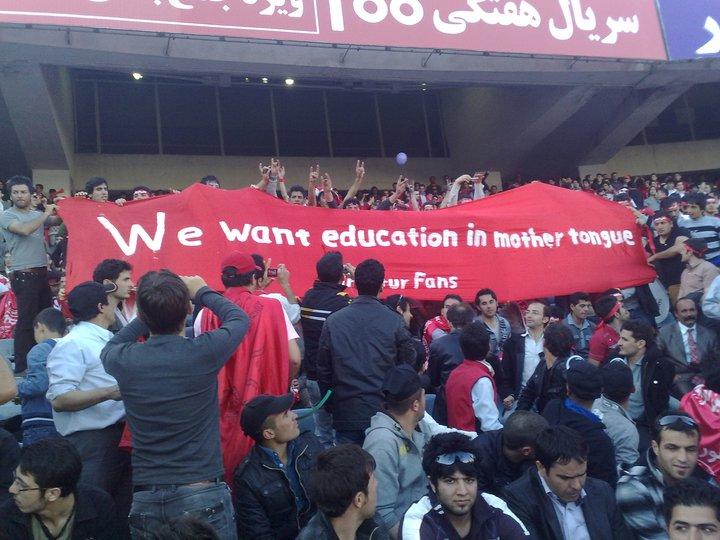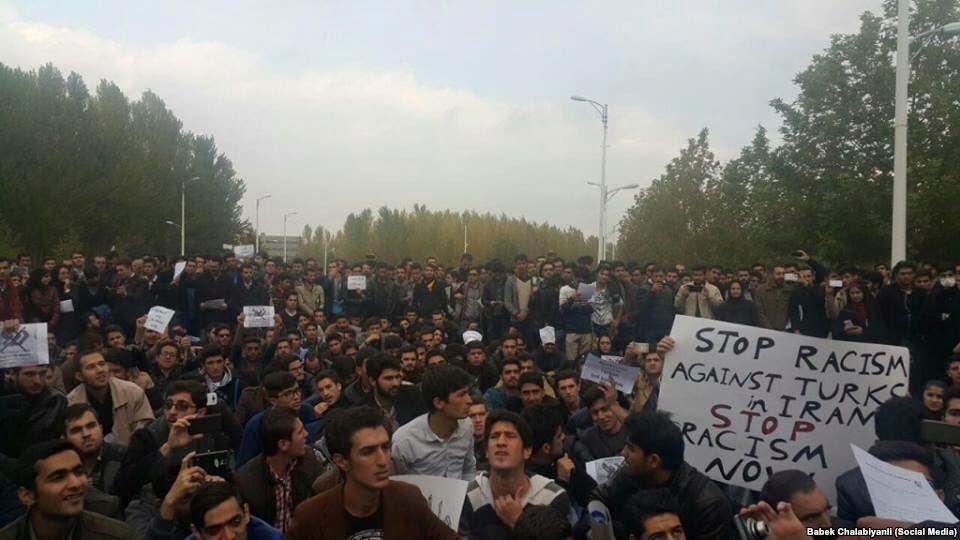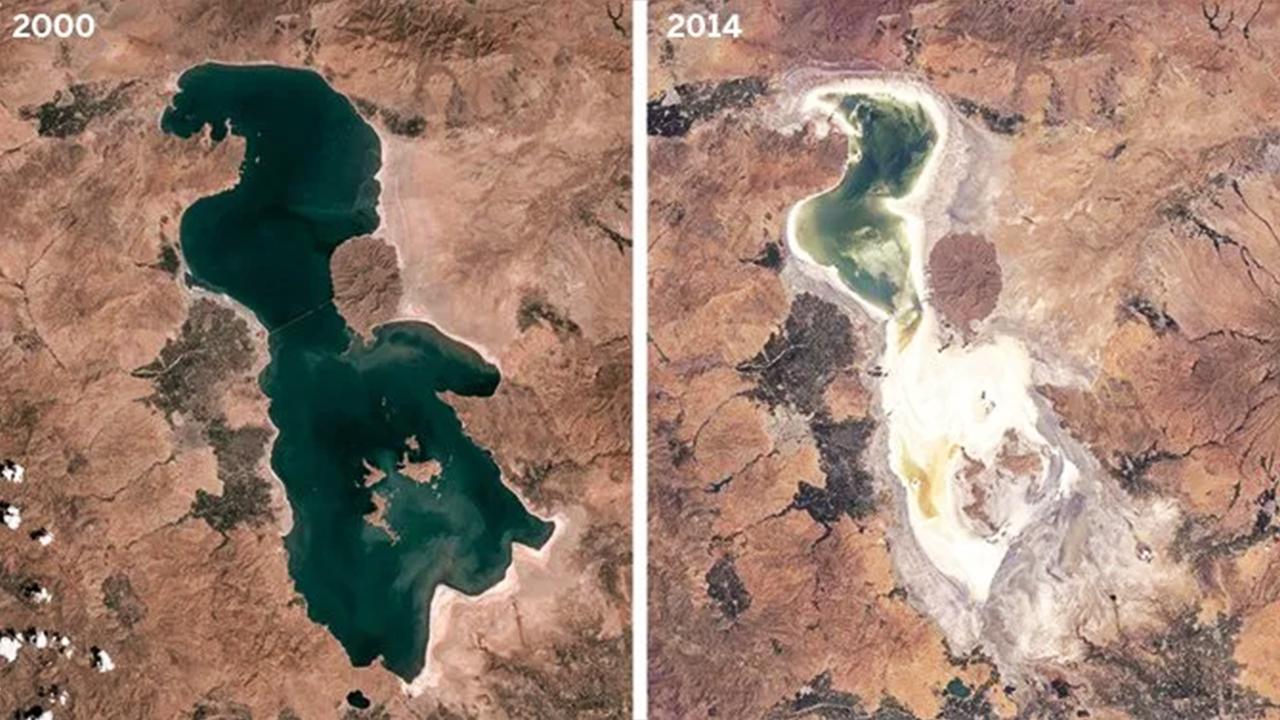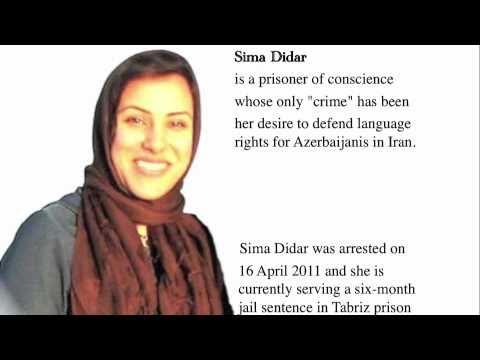The untold story of Iran's Azerbaijanis A divided nation
Constituting a sizable portion of Iran's population, estimated at 25-30%, ethnic Azerbaijanis, particularly concentrated in the northwestern regions, have a long history of striving for recognition of their cultural and political heritage.
Decades of despair
They have endured systematic discrimination, cultural suppression, and political marginalization under various regimes in Iran. Despite being the largest ethnic minority, Azerbaijanis have faced relentless oppression, particularly in their native lands with policies of various governments consistently aiming at subduing Azerbaijani identity and aspirations for autonomy or independence.
Their linguistic and cultural rights have been systematically denied, with restrictions placed on the use of the Azerbaijani Turkic language in education, media, and public discourse. This cultural suppression has contributed to a sense of alienation and frustration among Azerbaijanis, fueling their desire for greater recognition and rights.
Politically, Azerbaijanis have been grossly underrepresented in key government institutions, including the judiciary, military, and executive branches. Despite their significant demographic presence, Azerbaijani voices are often marginalized in decision-making processes, perpetuating a cycle of disenfranchisement and systemic inequality.

Urmia, offensive cartoon, economic & social disparity
The situation facing ethnic Azerbaijanis in Iran is multifaceted. While issues of language, cultural preservation, and the environmental crisis of Lake Urmia are pressing concerns, the resettlement of ethnic Kurds in West Azerbaijan adds another layer of complexity. This demographic shift has the potential to further strain relations between different ethnic groups in the region, potentially leading to conflicts.
The May 2006 publication of an offensive cartoon in a state-run Iranian newspaper triggered protests among Iranian Azerbaijanis. This incident, however, was just one chapter in a longer story of tensions surrounding cultural identity and minority rights in Iran. The cartoon, widely seen as offensive, depicted an Azeri speaker as a cockroach. This triggered demonstrations in Iranian Azerbaijan, with thousands taking to the streets for several days to protest the regime’s policies.
Security forces cracked down on protests, leading to casualties and detentions. Reported deaths varied, with Iranian officials stating at least four, while Azerbaijani activists claimed more. As hundreds were detained, the incident highlighted tensions surrounding cultural identity and minority rights in Iran.
While the publication of a cartoon depicting an Azeri speaker as a cockroach sparked protests in Iran, the underlying issues are more complex. The Iranian government's initial attempt to quell the unrest by shutting down the newspaper and arresting those involved swiftly escalated to a forceful response by security forces and highlighted simmering tensions that go beyond a mere media outrage.
Among other problems, Iranian Azerbaijan faces economic and social difficulties, and they express resentment towards the perceived dominance of ethnic Persians in the Iranian economy, with some Persians even resorting to derogatory terms like “Torki khar” (Turkish donkey) to describe Azerbaijanis.

Azerbaijani Turks in Iran share a cultural and linguistic connection with the neighboring independent Republic of Azerbaijan. However, the 1828 Treaty of Turkmanchay divided the historical territory, and coupled with the Pahlavi dynasty's policies, the division weakened the nation’s political influence.
Similar to previous regimes, the current government downplays ethnic differences. Despite some high-ranking Azerbaijani figures, like Ayatollah Khamenei, the authorities haven't hesitated to suppress Azerbaijani nationalism. Harsh crackdowns, including the 1981 uprising in Tabriz, highlight this approach.
Rekindled by cultural resurgence and connection to kin abroad, Azeri nationalism is on the rise in Iran. The collapse of the USSR and the rise of an independent Azerbaijan ignited a desire for autonomy among Iranian Azerbaijanis, fuelling a surge in nationalism. This is driven by two key factors: a rise in nationalist publications within Iran and increased access to satellite television, which exposes them to Turkish and Azerbaijani culture, and realities and strengthens their connection to their linguistic kin.
This cultural revival led to the formation of the Southern Azerbaijan National Awakening Movement (GAMOH) and dozens of others. Gamoh advocates against the Persian chauvinism. Their core demands include greater cultural rights for Azeris and a federal structure within Iran with an Azeri flag and parliament. This vision of self-determination, secularism, and a pro-Western stance clashes with the Iranian government's ideology, raising concerns in Tehran.
The desiccation of Lake Urmia
Lake Urmia - a once magnificent lake in north-western Iran, remains a pressing issue for the Southern Azerbaijani national movement. This iconic body of water has shrunk dramatically, with emergency officials in West Azerbaijan province reporting a staggering 95% decline in water levels over the past two decades.

The Iranian government's focus on achieving food self-sufficiency, partly driven by international sanctions, led to unsustainable water extraction practices for agriculture. This prioritization of national food security directly compromised environmental security in the region.
While climate change and drought undoubtedly play a role, scientific evidence points towards a more complex tragedy. Uncontrolled water development projects, intensive agriculture, and upstream resource competition are identified as the primary culprits.
Public frustration with the government's response is simmering. Millions allocated for restoration haven't yielded significant results, sparking protests throughout Iran and arrests of protestors demanding action to save the lake's ecosystem. Beyond its ecological significance, Lake Urmia holds cultural and historical value. Known as the "turquoise solitaire" by locals, it served as a vital habitat for migratory birds and a therapeutic haven for tourists.
The Iranian government’s lack of political will and the ongoing neglect raises serious concerns about the lake's future. Iran's aggressive dam-building program, initially seen as a symbol of progress and water security, has backfired dramatically. While authorities touted these projects as signs of industrial growth, they've contributed significantly to the drying up of Lake Urmia.
Environmentalists lashed out at this approach, calling it a relic of the "hydraulic mission era," where technology was seen as the ultimate solution to water scarcity. They argue this mindset leads to short-sighted dam construction, neglecting the long-term ecological consequences.
The overall opinion, apart from what the government alleges, suggests dam-building served a political purpose as well. Facing international sanctions and seeking self-reliance, Iran prioritized dam construction as a symbol of national capability. However, this focus on immediate benefits overlooks the long-term environmental costs. The initial economic boost from dam projects masks the future problems they create.
Protecting linguistic rights: The case of Iranian Azerbaijanis
In essence, the plight of Azerbaijanis in Iran reflects a broader struggle for ethnic rights and autonomy within the country, highlighting the pressing need for systemic reforms to address longstanding grievances and promote inclusive governance.
The XIX century Russo-Persian wars resulted in the division of historical Azerbaijan through the Gulistan (1813) and Turkmanchay (1828) treaties. This placed Southern Azerbaijan under Iranian rule, while Northern Azerbaijan fell under Russian control. While both regions experienced periods of autonomy, they ultimately remained separate entities.
Today, an estimated 25-30m ethnic Azerbaijanis live in Iran. Despite being a significant minority, they face limitations in accessing education in their mother tongue. This hinders their ability to preserve and develop their cultural identity, access educational materials from the Republic of Azerbaijan, and engage with global values and perspectives.

Conclusion
The situation facing ethnic Azerbaijanis in Iran is complex. While they represent a significant portion of the Iranian population, they face challenges in accessing education in their mother tongue and preserving their cultural heritage. Additionally, the environmental crisis surrounding Lake Urmia poses a significant threat to their way of life.
The Iranian government should take steps to ensure the cultural and linguistic rights of its Azerbaijani minority, including access to education in their mother tongue.
The desiccation of Lake Urmia is a pressing environmental issue with cultural and economic consequences. Addressing this crisis requires international cooperation and a commitment from the Iranian government. Open communication and a commitment to understanding the needs and aspirations of Iranian Azerbaijanis are crucial for fostering social cohesion and stability.








